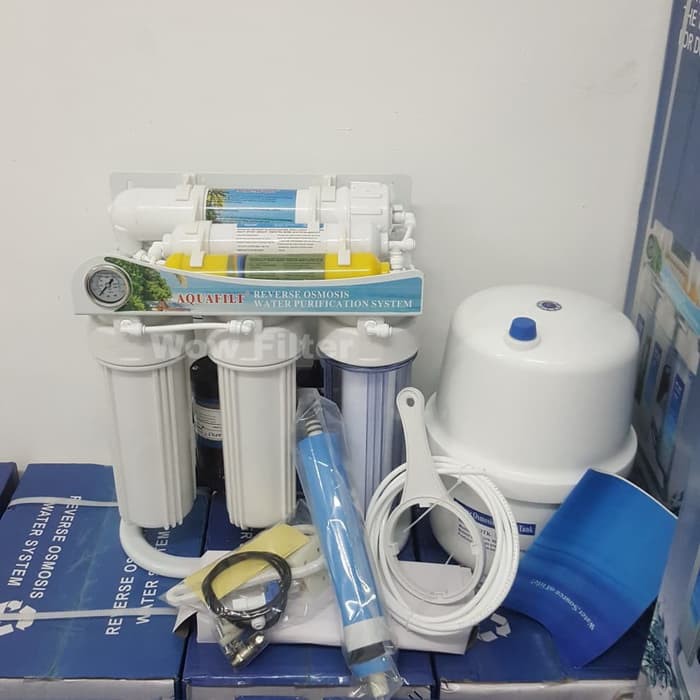5 Potential Health Consequences of Reverse Osmosis Systems – Most of the focus for water quality has been on pollution and removing contaminants to a level considered safe for drinking water. Now there is also concern that we may be taking out essential nutrients needed for our health. As early as 1980, the World Health Organization(WHO) began to notice some effects on the populations that were using desalinated water. They concluded then that completely demineralised water has a “definite adverse influence on the animal and human organism.”
No where on earth is there naturally occurring, chemically pure, water. That is because water is the universal solvent. Lots of compounds readily dissolve into water. So, as it flows, it collects additives. Some are good and many, especially the man made ones, are harmful. There are ways to purify water, such as with a reverse osmosis system. https://www.detectionperfection.com/

Desalination is a process for providing fresh water from brackish or sea water. The practice has been in use for over thirty years. Fresh water is achieved with the use of a reverse osmosis system. There are thousands of desalination plants around the world, producing 6 billion gallons of water a day, or more. mrchensjackson.com
In 2005, WHO presented a publication titled: Nutrients in Drinking Water. One whole chapter was devoted to the health risks of consuming water that had the minerals removed. All methods of artificially producing demineralised water were discussed, including the home use of reverse osmosis systems. premium303
The WHO publication discussed 5 possible health consequences of consuming water with a low mineral content:
1. There is a negative effect on water and mineral homeostasis mechanisms of the body. It causes an increase in urine output that, in turn, causes an electrolyte imbalance. https://3.79.236.213/
2. No intake of calcium and magnesium from low-mineral water is associated with an increase in death from cardiovascular disease, a higher risk of fracture in children, some neuro-degenerative diseases, low birth weight of babies and even some types of cancer.
3. Intake of other essential elements and micro elements is reduced in low mineral water. It is needed since, the modern diet may not be an adequate. Even the low intake of the element with drinking water is important. This is because the elements are more easily absorbed from water than from food.
4. Loss of calcium, magnesium and other essential elements can be as high as 60%, or even more, when preparing food with low mineral water. Since the diet may not provide adequate amounts of these minerals, further reductions may cause severe deficiencies of these nutrients.
5. There is a possible increase in intake of toxic metals due to leaching from pipes or storage tanks.
The conclusion reached was that drinking water should contain minimum levels of essential minerals, such as calcium and magnesium. And it was made clear, that using any type of a reverse osmosis system, removes these essential nutrients.
When the need for water purification in the home was recognized thirty years ago, the commercial application for reverse osmosis systems were scaled down to fill that need. Now, with the better filter technology available to remove the pollutants, and also leave the minerals in the water, use of a reverse osmosis system in the home may not be a healthy choice.
